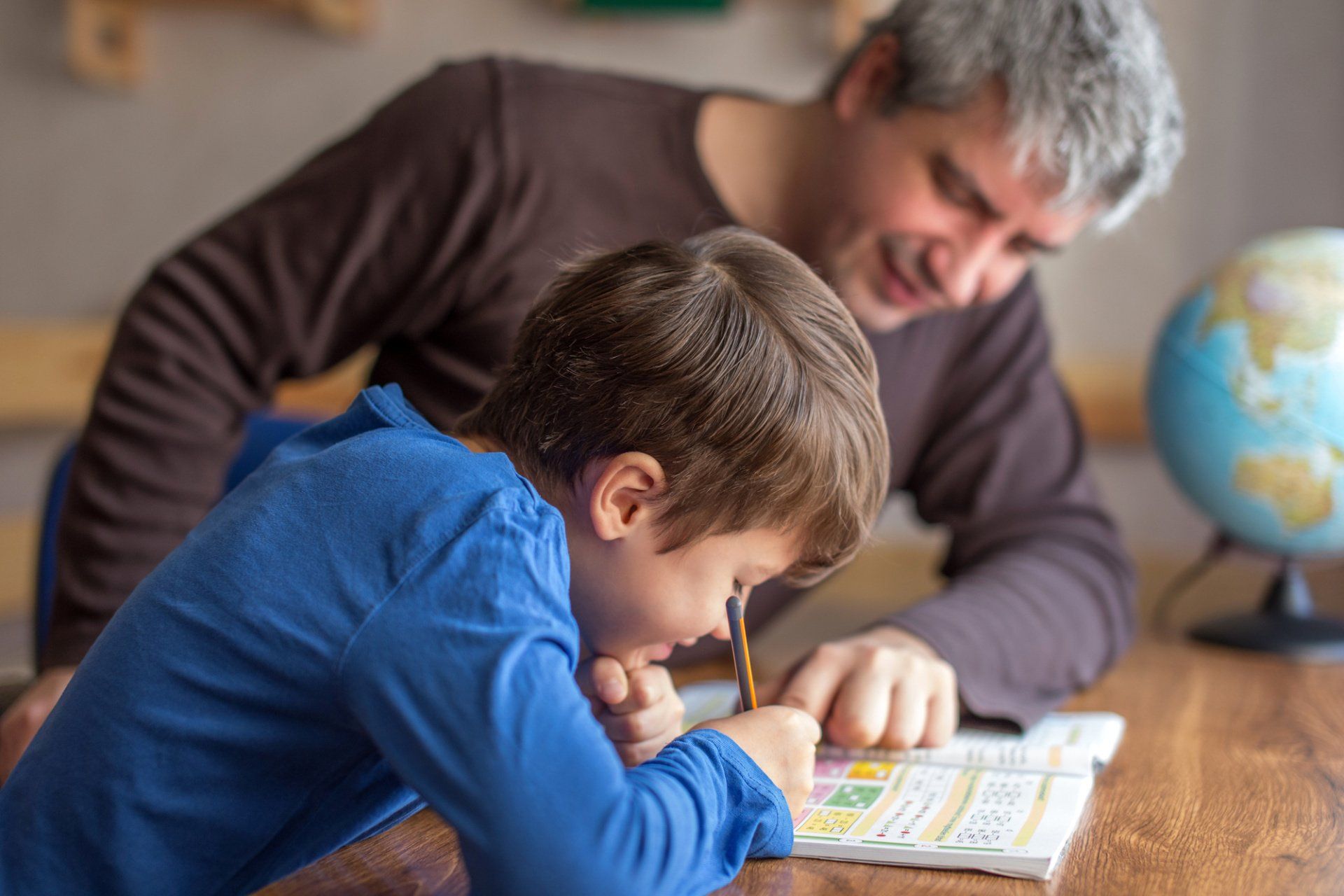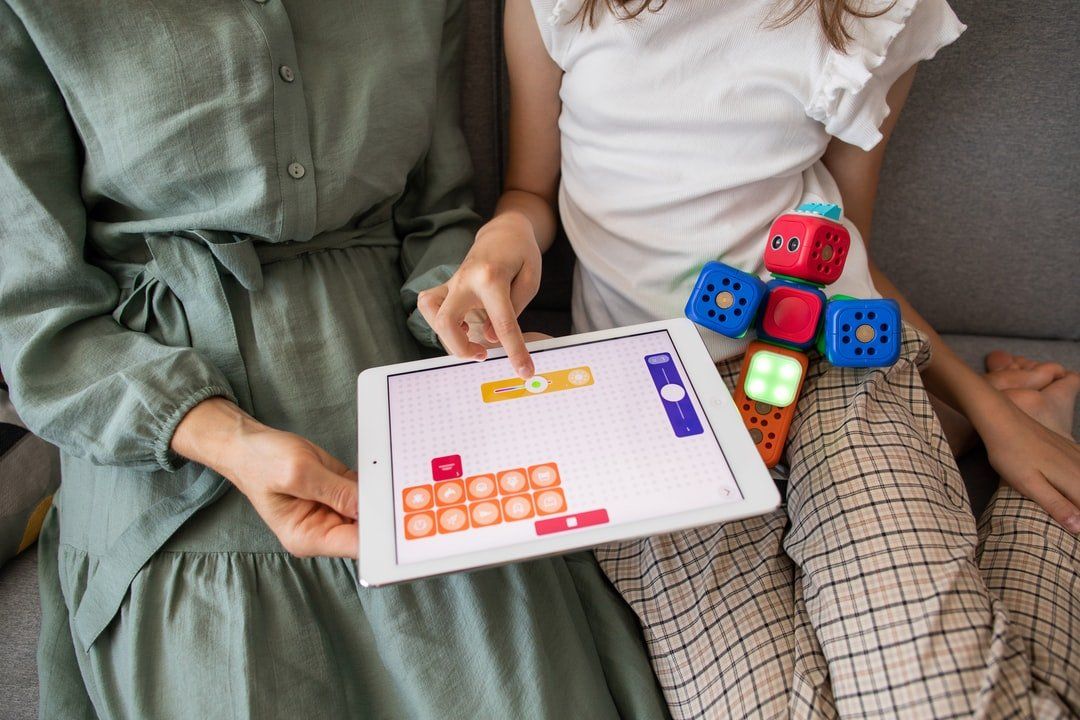How Does ADHD Affect Learning?
sites • October 18, 2021
How does ADHD affect learning? Children with ADHD can thrive in the classroom with the right tools and resources. Here's how to support your child's learning.
Growing up with ADHD is challenging. Even with an early diagnosis and plenty of resources, ADHD can make socializing, emotional control, and education very difficult.
ADHD affects everyone differently. Some children may find that they're able to hyperfocus on school with the right support and direction while others will struggle to pay attention at all.
But why does this happen? How does ADHD affect learning both in and out of the classroom? What can you do to support children with ADHD so they're able to thrive?
Keep reading to learn all about ADHD and learning.
Is ADHD a Learning Disability?
ADHD is not a learning disability, even if it has an effect on a child's ability to learn. That said, if the ADHD is severe enough, it can be considered a disability and children can receive special education services to help them thrive in a classroom environment.
Many children who have ADHD also have a
learning disability, so these problems often come hand-in-hand.
Not all children will struggle with learning despite their ADHD. Children with ADHD can be quick, attentive, intelligent, and eager to learn new things. It's important that you learn about the specific type of ADHD that your child is managing.
How Does ADHD Affect Learning in the Classroom?
So if it's not a learning disability, how (and why) would it impact your child's education in the classroom?
Even if you have a bright and academic-oriented child, ADHD presents certain challenges. These challenges can present when a child is young, but they can also show up later in life when a student is in high school or college.
Here are a few reasons that children with ADHD may struggle in the classroom (and a few ways that you can make things easier).
Children May Need Constant Movement
It's common for children with ADHD who have the "hyperactivity" symptom to require constant movement. They struggle to sit still and they may need to take time away from the classroom so they're able to get back on track.
Children will end up fiddling with the things at their desk, doodling, and ignoring their assignments if they're unable to release some of that energy in a productive way.
If your child struggles with this, consider getting them a fidget toy (or stimming toy). These toys are great for helping children with ADHD manage their movement and self-soothe when they're feeling fidgety.
Consider encouraging teachers to create spaces in the classroom, like sensory paths, for children to get rid of excess energy. You can also use a sensory path at home when your child is doing homework.
There Are Too Many Distractions
Children with ADHD often have their heads in the clouds, so to speak. While this is imaginative behavior, it's not helpful when the child needs to be paying attention to their classwork.
Traditional classrooms are full of distractions. There are other students to talk to (or eavesdrop on), things to read on the walls, and more. It's normal for your child to struggle with attention!
This is another situation where a fidget toy can help. Having an outlet like that might
help your child focus on the task at hand.
Thoughts Can Spiral and Drift
Speaking of your child having their head in the clouds, it's common for people with ADHD to have trouble regulating their thoughts. Children with ADHD struggle both with spiraling thoughts and drifting thoughts.
When a child with ADHD gets into a "thought spiral," they may get more frustrated with their schoolwork. Small inconveniences turn into overwhelming emotions, and people with ADHD already struggle with emotional regulation.
Drifting thoughts are also unhelpful in the classroom. A child may go from paying close attention to their books to drifting into their own world in no time flat.
Teach your child emotional control at home to help combat these problems.
Impulse Control Is Challenging
Children with ADHD struggle with impulse control. They often do things without thinking, or without meaning to do them. This can create distractions in the classroom for other students, which is embarrassing for the child with ADHD.
Children with ADHD are often branded as "troublemakers" in the classroom. In reality, their brains struggle with impulses and it isn't their fault.
Not All Teachers Are Equipped to Help
Many teachers don't receive the right training to help children with ADHD. While these children can thrive in the right learning environments, overworked teachers are often unable to give them the attention that they need.
This is one of the reasons that it's so helpful to get outside help and stay in contact with the school's administrators, as well as your child's teacher. You can help each other get your child back on track.
How to Help
So how do you help your child thrive in the classroom despite their ADHD?
First, we suggest investing in an
educational coach or tutor. These coaches know how to motivate ADHD students to learn. You'll be able to create the perfect study plans and learn how best to motivate your child when they're struggling.
You should also loop into getting an IEP for your child if they qualify. This way, your child can get specialized help.
Your Child With ADHD Can Thrive
So how does ADHD affect learning? Children with ADHD struggle to control their emotions and focus in the classroom. They may find themselves acting out in class or falling behind on assignments.
This isn't the end of the world. With the right resources, children with ADHD are capable of thriving in the classroom.
We're here to provide those resources for you and your child. Between education coaching and personalized advocacy, we want to help your child in their educational journey.
Contact us at Aliada Educational Advocacy to learn more about what we can do for your child today.

Are you frustrated after failing to reach and teach children with ADHD after trying every teaching technique you can think of? It can be difficult to know how to adapt your teaching style to help children with ADHD to have the best possible learning experience. Thankfully there are several strategies that you can make use of to help all children to have the best possible education. If you're wondering how to get better at teaching children with ADHD, read on and we'll tell you what you need to know. Understanding How Children With ADHD Learn the Best One of the first things to recognize about youth who have ADHD is that they seek novelty. Their attention naturally orients towards high-interest kinds of activities. This is why they thrive in learning situations where the curriculum is engaging and active. In order to offer children this opportunity, consider embracing activities that involve physical movement and motor activity. For example, if you are teaching children with ADHD about reading street signs, you should invite the child to be active in order to practice obeying what the signs say. You should also try to give the child options to choose from. By letting them have options, they have more freedom to be curious. This is important because it gives them chance to lean into their strengths in order to learn and grow. Children with ADHD struggle in situations where they get bored, such as while they're waiting for a teacher to draw out instructions for an activity on the whiteboard. If they need to wait for their turn to complete a task, they'll need more stimulation than other children will. They also have a need to feel competent at what they're doing. This is why you should make a point of rewarding the child you're working with by offering things like badges, prizes, high fives, and opportunities for leadership. Teaching Children With ADHD by Recognizing Their Social Needs and Challenges Make sure that you make a point to help children with ADHD to sense their relationships with others. Since social interaction is usually their most valued kind of stimulation, it is imperative that you offer kind support and individualized attention. Kids with ADHD also like to see the emotional responses from others. This is why it's common for them to be attracted to kids who are known to be troublemakers. Many teachers often don't realize that their angry and aggressive responses to children with ADHD who are causing trouble only serve to reinforce the behavior that the teachers are trying to stop. Instead, it's a better idea to be calm and unemotional when trying to redirect a child who has ADHD. Top Strategies Teaching Strategies for Children Who Have ADHD There are many different strategies for children with ADHD that can support them to have the best possible learning experience. Here are several of the most important things that you can do to help them. Match Their Skill Level You should first make sure that you're assigning schoolwork that matches a students' skill level. The reason for this is that they will usually want to avoid classwork that is too difficult to do or that is too tedious for them. Give Many Options You should also give the children as many options as you can. For example, you could offer them a list of ten activity choices for practicing math equations. You might consider using flashcards, writing on the whiteboard, or on their digital device. Visual Reminders Are Important Another of the great strategies for children with ADHD is to provide visual guidance. If you're going to explain a skill such as telling the time, do this by using an overhead projector or a whiteboard in order to explain the activity's instructions. Present Important Concepts in New Ways You could also start finding engaging ways to display important ideas that you want children to work with. One way to do this is by writing these concepts onto bright posterboard which you hang up around the classroom. Encourage Group Participation When you encourage your class to participate as a group, you help children with ADHD to be more engaged in what they're doing. You can do this by requesting students to write responses to exercises on a dry erase board, having students speak responses to questions in unison, and encouraging your class to raise their hands if they agree with something that you say. Go Out of Your Way to Offer Accommodations for Children With ADHD There are many children who will need special accommodations in order to help them to learn in the best way possible. Some of these accommodations could be more complex. Other types of accommodations are straightforward enough that schools for children with ADHD can easily offer them. This might include things like keeping an eye on a student's work or creating a plan to assure that they don't fall behind in class. You should also try giving students more time on the tests they're taking, offering shorter assignments, and breaking longer assignments into smaller segments. There Are Many Easy Ways to Support Children With ADHD Once you know how to start teaching children with ADHD, it's easy and fun for you to do. Many teachers don't understand the unique needs that children with ADHD have. Once they recognize their unique needs, it's much easier to create situations where all of their students can thrive. It's important to recognize that you're not alone in teaching children with ADHD. This is why we offer various services that are tailored for each person who we work with. If you want to support children with ADHD who you work with in the best possible way, please visit our services page in order to find out how we can help you.

The unique parenting journey of a special needs child is a path that is often difficult to navigate. It's a path that may involve different treatments and interventions. It's not what you expected. You listen to the specialists, read all the books, and learn to understand your special needs child. Yet, you may still second-guess the important role that you play in your child's special needs education. You shouldn't. You are your child's expert and greatest supporter. As the parent, you have the most complete understanding of your child's physical, emotional, and social development. Your family dynamic is unique. This dynamic is the continuity in your child's life. Sharing family information may give insight into what is needed in the classroom environment. Involvement in your child's special needs education will make a positive difference in the overall learning experience. So how do you get involved? Learning the educational options available and choosing the best approach to meet your child's education is a place to start. Special Needs Education Special Education is a broad term that refers to services that can be provided for your child. This approach to instruction should address the specific needs of your child's disability. The public school system in your area will determine access and opportunities for your child. Educational standards are also designated by your public school system. Adaptations for your child's physical or movement needs will be given as deemed necessary. This does not mean that your child will be in a special education or a resource room all day. According to the Individuals with Disabilities Education Act (IDEA), children who receive special education services should be in the least restrictive environment. Your child should be learning in the same classroom as other children. This will be made accessible with the appropriate accommodations. Individualized Education Plan (IEP) The Individualized Education Plan is covered under the Individuals with Disabilities Education Act. Teachers, parents, administrators, and other school personnel work as a team to create an educational program. This program is developed to meet the individual needs of the child. The IEP evaluates a child's current educational performance. This will take a look at the special needs of the child, how those needs affect involvement in the classroom, and learning outcomes. The IEP includes reasonable annual goals for the child broken down into short-term objectives. These benchmarks tackle physical, behavioral, or social needs, as well as academics. Any supplemental services or classroom modifications needed to assist the child will also be listed on the IEP. Parental involvement is required at the annual IEP meeting, which can be intimidating. But remember, you are the most important member of your child's educational team. You know your child best. Take the opportunity to ask questions and give input to customize a learning experience that fits your child. The 504 The 504 plan was established in 1973 and is a section of the U.S. Rehabilitation Act. It provides accommodations for students with physical or mental impairments within a regular classroom setting. When a student is not eligible for special education services or an IEP, a 504 plan will provide the modifications for academic success. Like the IEP, parents are part of the 504 team, and accommodations are reviewed annually. With a 504 , a parent can call for a plan review at any time to evaluate academic concerns or request other appropriate changes. Your involvement in the process will assist in customizing your child's educational experience. This can ensure your child's academic and social success. Parent as Educational Partner There is no one more invested in your child's success than you, the parent. You understand your child's specific requirements to function happily in life. Embrace your role as an educational partner and become a proactive parent. Through interactions and observations of your child, you can share changes or discoveries with the education team. By sharing this information, you offer the educators insight into behaviors that may not be observed in the classroom. Your continued involvement as a parent will increase your child's chance for personal and academic success. Development The role of parents in special needs education is to assist in helping your child's development. You understand there are many challenges ahead, but there will also be many triumphs. The developmental path may not be typical, but you want your special needs child to have the support necessary to meet as many milestones as possible. Communicate with your education team. Let the teachers know you are invested in supporting classroom efforts at home. Partnering with your child's teachers will reinforce the learning efforts on both sides. You understand that your child's development may not be a straight line. Know that each step achieved by your child is an extraordinary success. Advocate All that you do for your child comes from a place of love and caring. Advocating for your child requires research and explaining the disability. You will need to have many conversations with each professional involved in your child's life. This can be exhausting, yet you soldier on. As the parent, you believe in your child and know you must act on their behalf. As an advocate, your parental involvement in special needs education will give the teacher a better understanding of your child. Through advocacy, you will establish the foundation for future conversations. This will build a cooperative relationship that benefits your child and helps them grow. You Are Not Alone As a parent, understanding the pathway of a special needs education for your child is difficult. Yours is not a typical road of parenting. You may worry and second-guess decisions. There may be many potholes along the way, making you feel unsure and discouraged. You are not alone. Aliada Educational Advocacy, My Learning Ally , offers support and consultation for parents learning to navigate the educational system for a child with special needs. Experienced consultants are available to listen to your concerns and work with you to find the best solutions for your child. Reach out to us . We are here to help.


